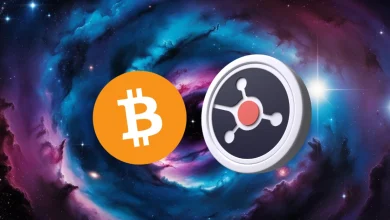As it stands now, when you have to prove your identity, you need to provide several different forms of documentation. It could be a driver’s license, a passport, a social security card, a utility bill, a bank statement, or any number of sources. Sometimes, you even need more than one or two of them! It can get pretty confusing, and it’s a bit scary to think that your information is floating around out there on pieces of paper in other people’s possession.
Thankfully, Rebus is using NFT technology and Web3 to reimagine how we view our identity – and give control back to the person to whom it belongs. NFTs give us the ability to assign unique values and ownership to many different types of objects and assets. That means it’s also possible to create NFTs for your identity!
This NFTID (nifdy) decentralized identification system can be used worldwide by individuals or organizations. Rebus has created Rebus Nation to test this idea and measure its potential. While NFTID won’t replace your legal documents, but it gives people the opportunity to identify themselves in a totally unique way.
For instance, you can deviate from the format of your legal documents by inputting your name in all lowercase letters. You can even put in a set of completely fictitious data. Then you choose which pieces of information are available to others. Even minors can set up NFTID if they’re savvy enough to navigate the DeFi protocol.
So how does it work?
Well, there are two main components of the NFTID system. The ID storage system is where your information is contained. It’s implemented as a custom application on the Rebus blockchain and handles all information relative to your NFTID.
It stores the NFTID type, organization, wallet address, ID, EncryptioKey, and MetaDataURL.
The custom user interface is what allows the user to access their NFTID. Once the NFTID is created, the user interface will generate a preview image that will be publicly available and a private, encrypted image available only to the holder.
There’s only one rule. Users must respect the identities of others and treat them with respect. Even though NFTID is currently only in v1, Rebus is developing v1 in accordance with features and functionality to be added later.
Entire communities will be able to base their membership on NFTIDs, organizations can create their own NFTID sets, and individuals can create comprehensive NFTIDs for themselves.
The total utility of NFTIDs has not yet been realized, but once the idea becomes even more widespread, the potential is endless. Building a strong community around non-fungible assets is the primary goal, with an ever expanding future of utility.
Disclaimer and Risk Warning
The content featured on Coinpedia's press release page is provided for informational purposes only. Coinpedia does not endorse, verify, or take responsibility for the accuracy, completeness, or reliability of any press releases or associated materials. Any views, opinions, or statements expressed in these press releases are those of the respective issuers and do not reflect the opinions or positions of Coinpedia. Coinpedia is not liable for any content, products, services, or actions mentioned in the press releases. Readers should independently verify the information before taking any actions related to the subject matter of the releases.







